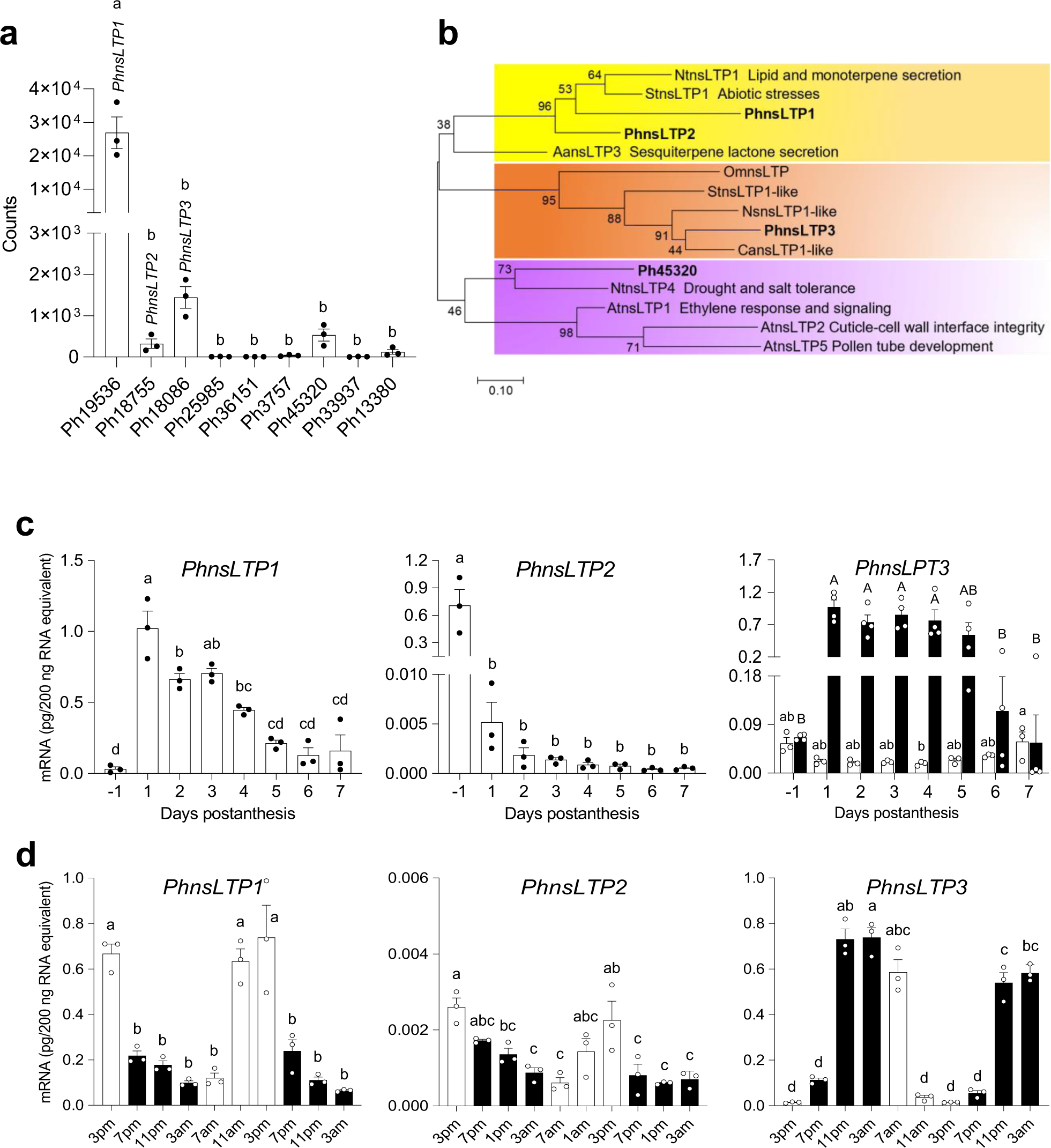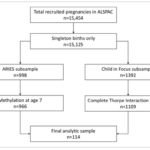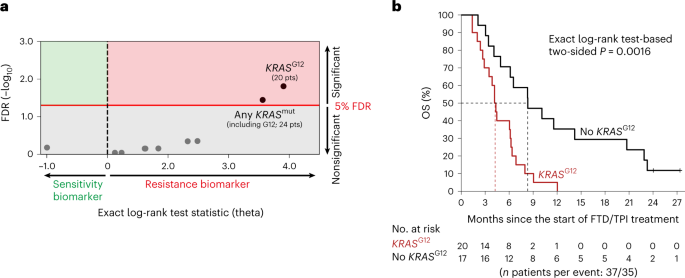2023-03-02 パデュー大学
<関連情報>
- https://www.purdue.edu/newsroom/releases/2023/Q1/biologists,-chemical-engineers-collaborate-to-reveal-complex-cellular-process-inside-petunias.html
- https://www.nature.com/articles/s41467-023-36027-9?_ga=2.150870390.1350716893.1677858467-702243339.1677858465
花の揮発性物質の放出は、細胞壁の非特異的脂質転移タンパク質によって促進される Emission of floral volatiles is facilitated by cell-wall non-specific lipid transfer proteins
Pan Liao,Itay Maoz,Meng-Ling Shih,Ji Hee Lee,Xing-Qi Huang,John A. Morgan & Natalia Dudareva
Nature Communications Published:19 January 2023
DOI:https://doi.org/10.1038/s41467-023-36027-9

Abstract
For volatile organic compounds (VOCs) to be released from the plant cell into the atmosphere, they have to cross the plasma membrane, the cell wall, and the cuticle. However, how these hydrophobic compounds cross the hydrophilic cell wall is largely unknown. Using biochemical and reverse-genetic approaches combined with mathematical simulation, we show that cell-wall localized non-specific lipid transfer proteins (nsLTPs) facilitate VOC emission. Out of three highly expressed nsLTPs in petunia petals, which emit high levels of phenylpropanoid/benzenoid compounds, only PhnsLTP3 contributes to the VOC export across the cell wall to the cuticle. A decrease in PhnsLTP3 expression reduces volatile emission and leads to VOC redistribution with less VOCs reaching the cuticle without affecting their total pools. This intracellular build-up of VOCs lowers their biosynthesis by feedback downregulation of phenylalanine precursor supply to prevent self-intoxication. Overall, these results demonstrate that nsLTPs are intrinsic members of the VOC emission network, which facilitate VOC diffusion across the cell wall.


